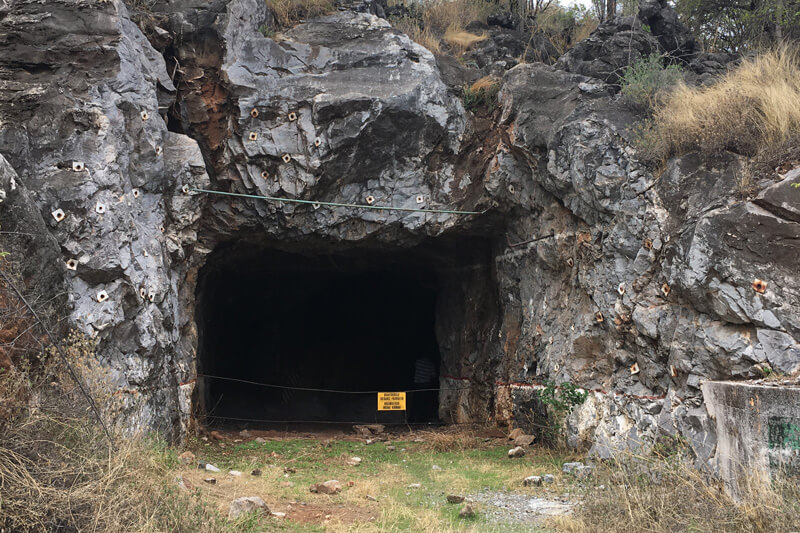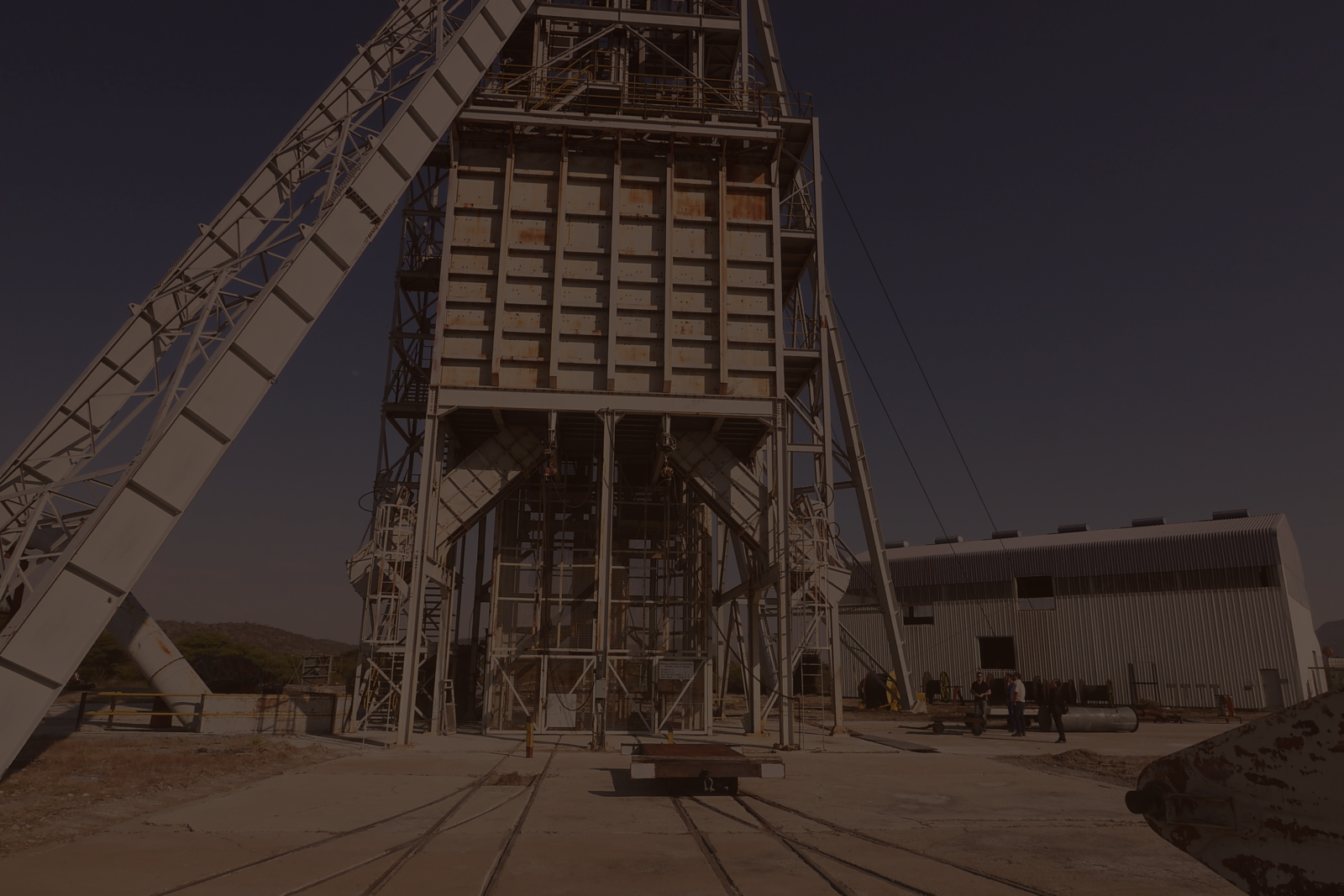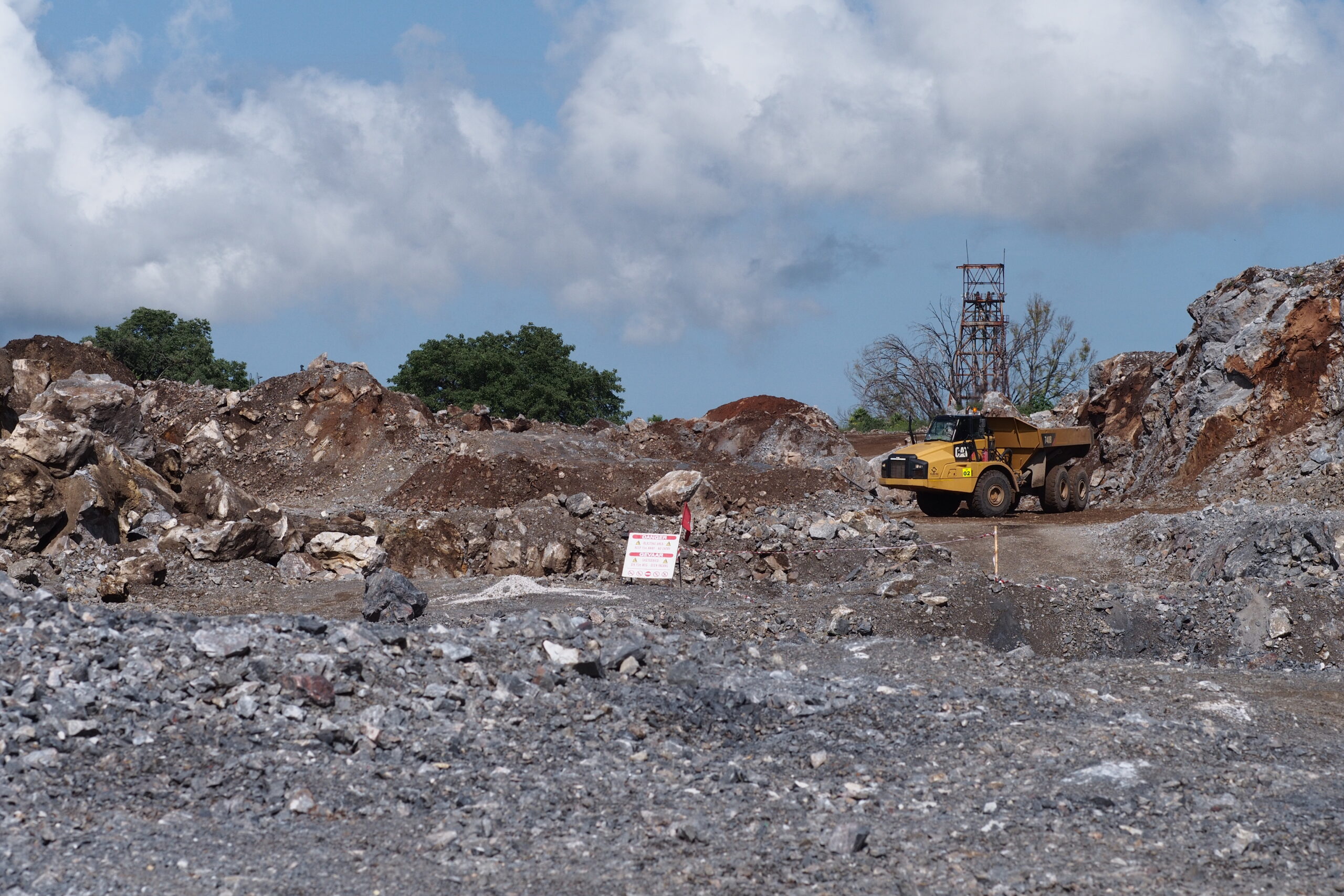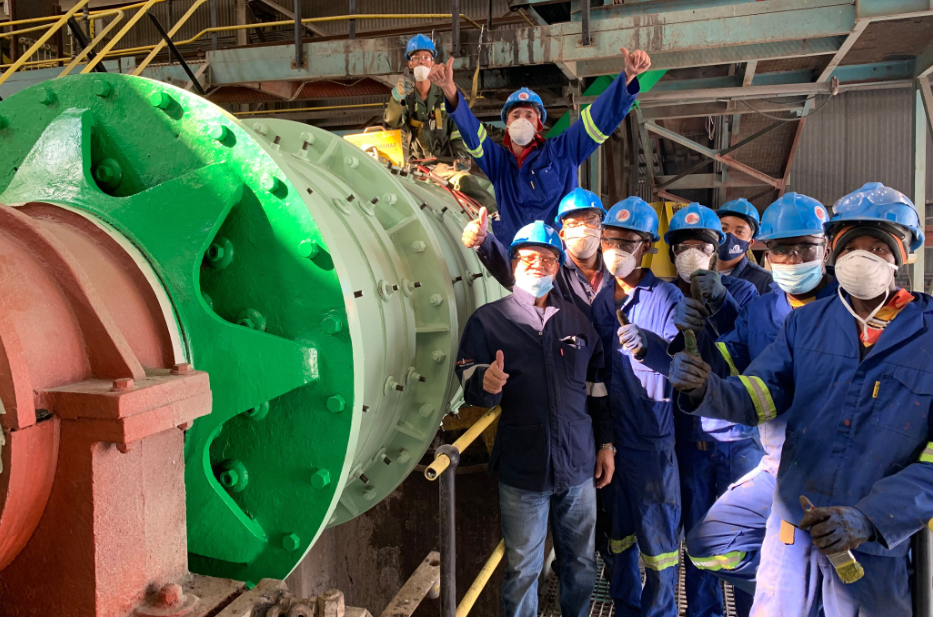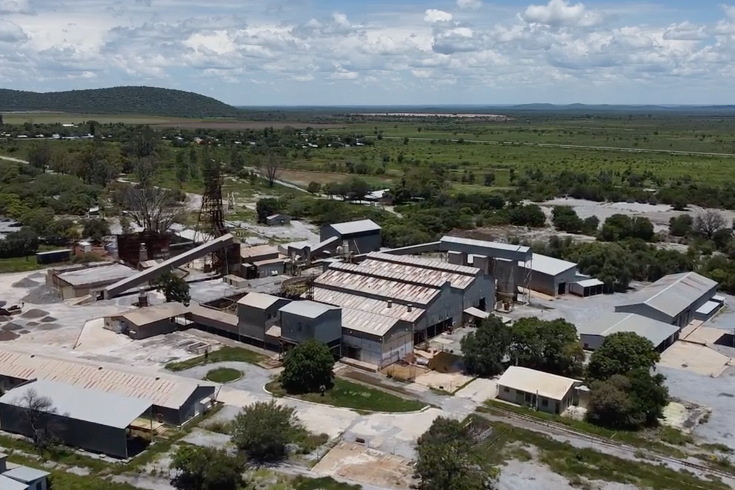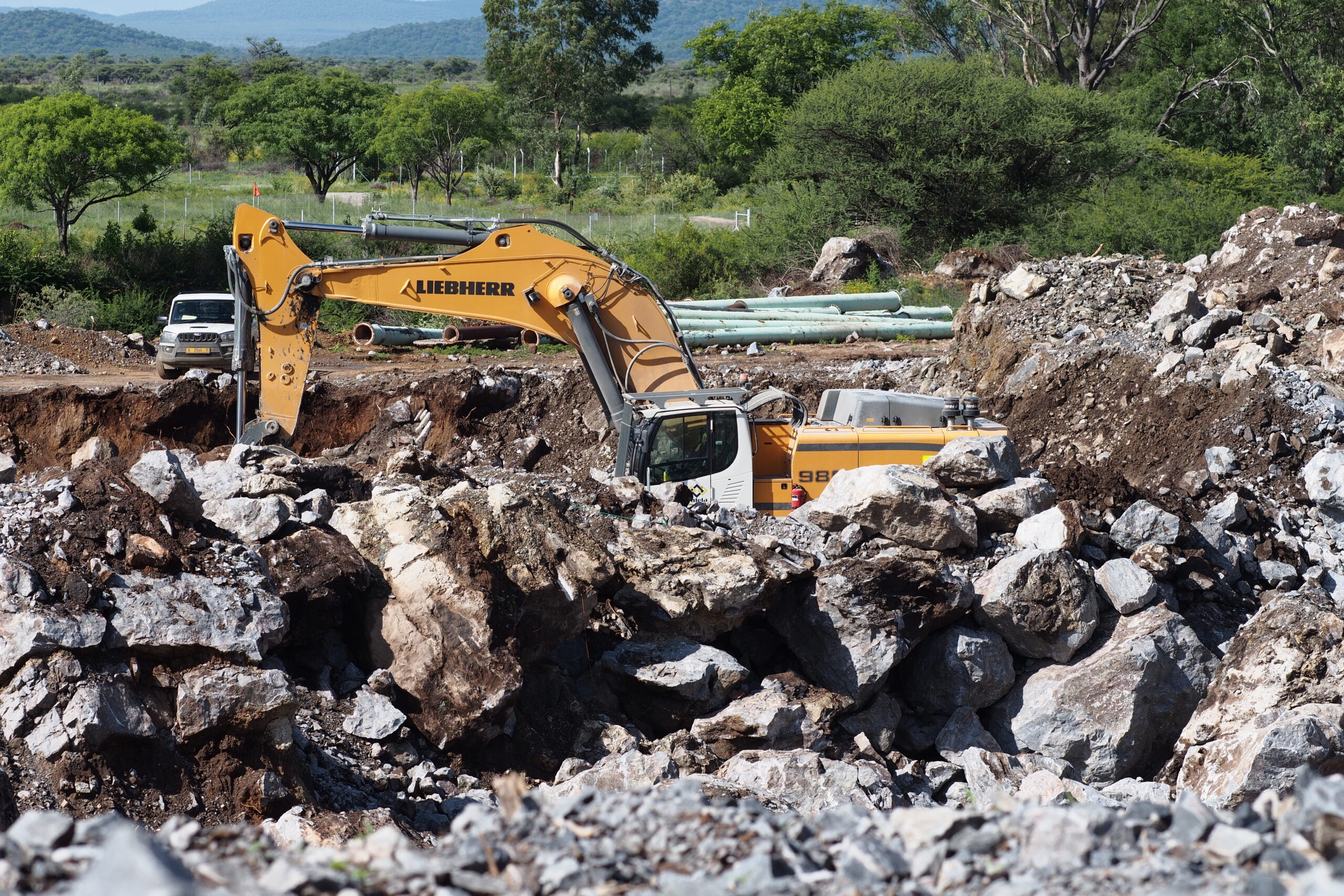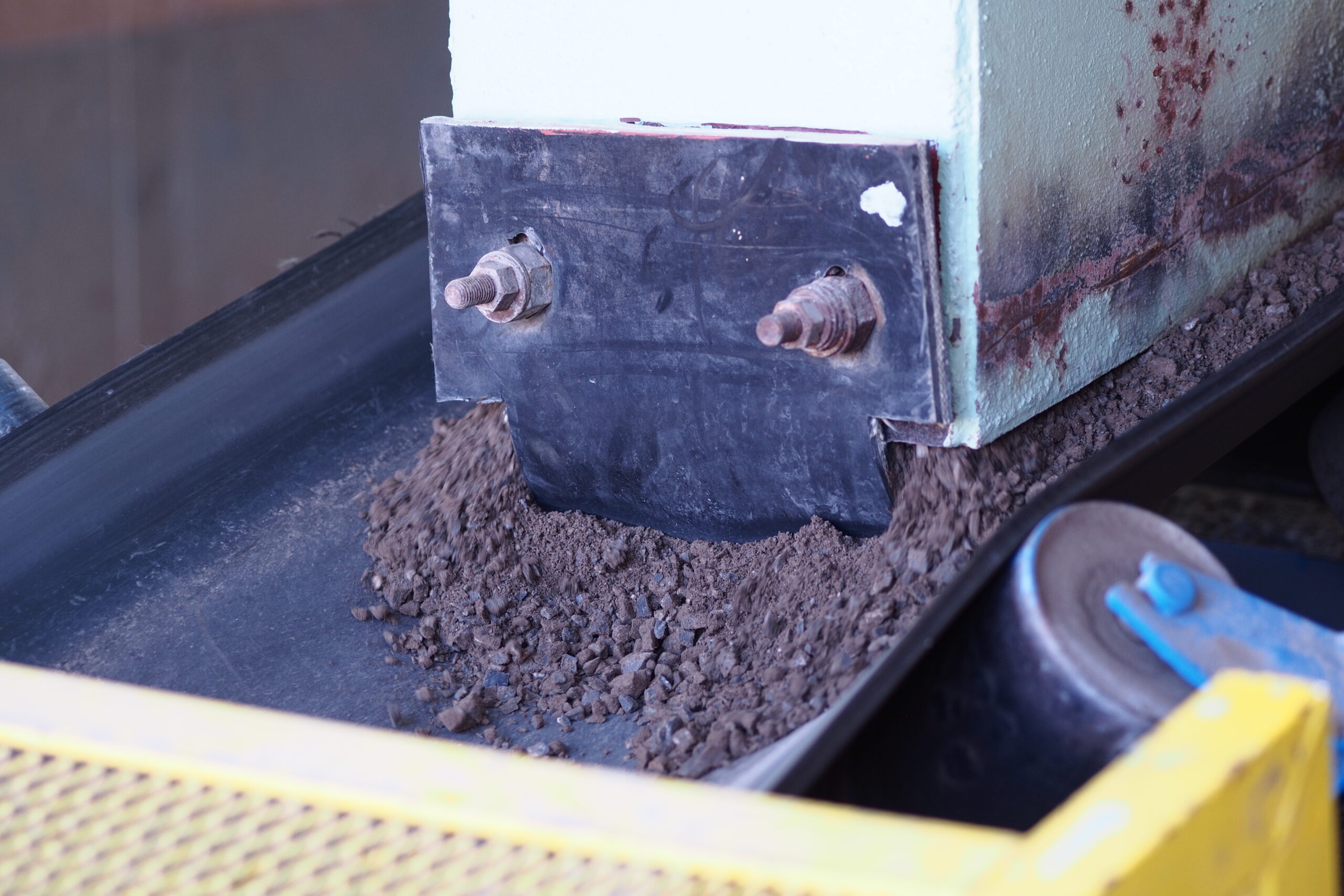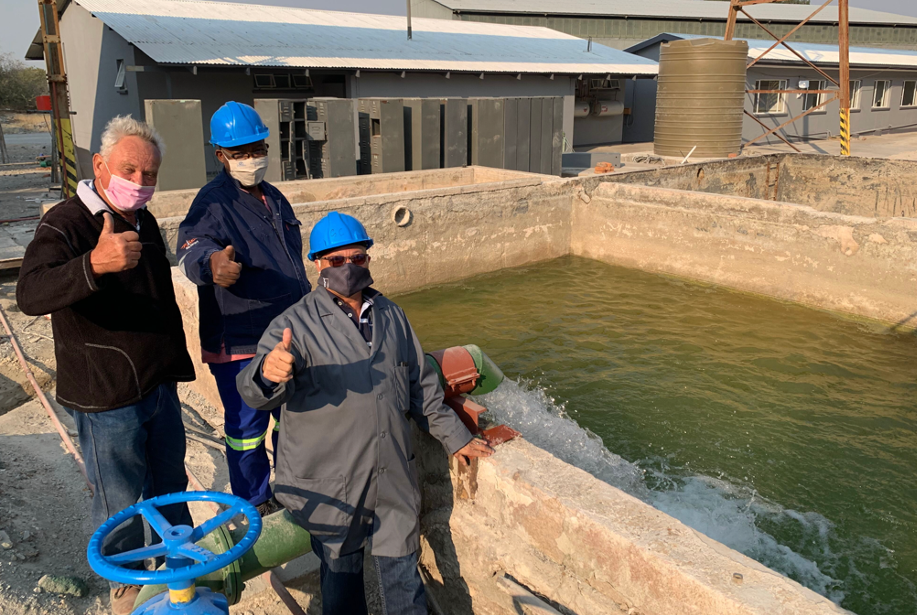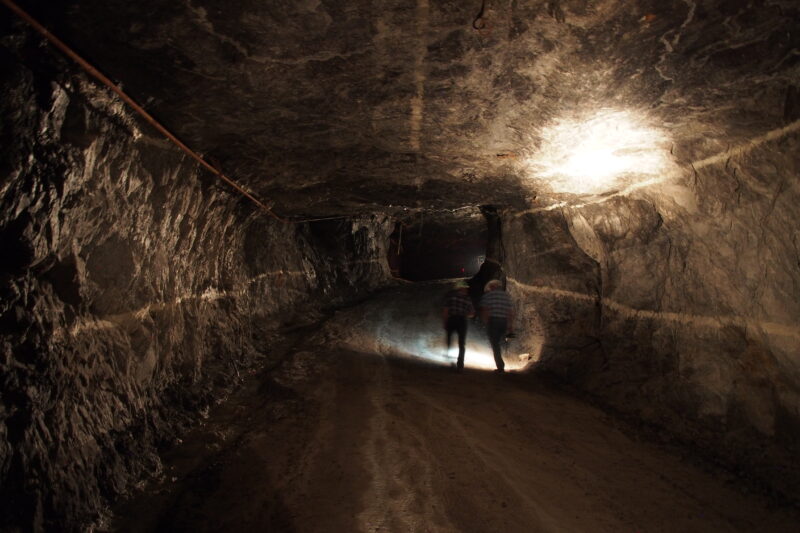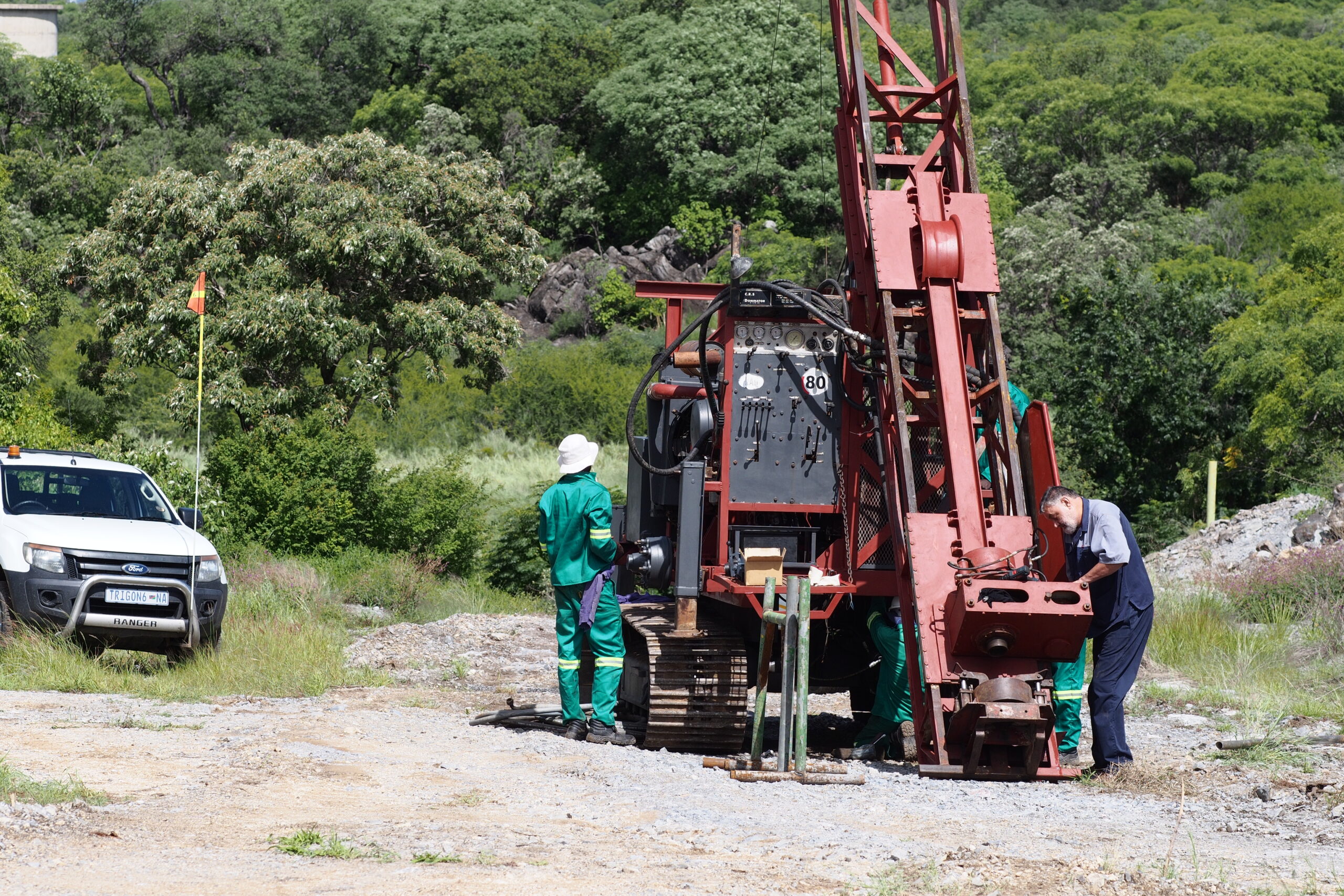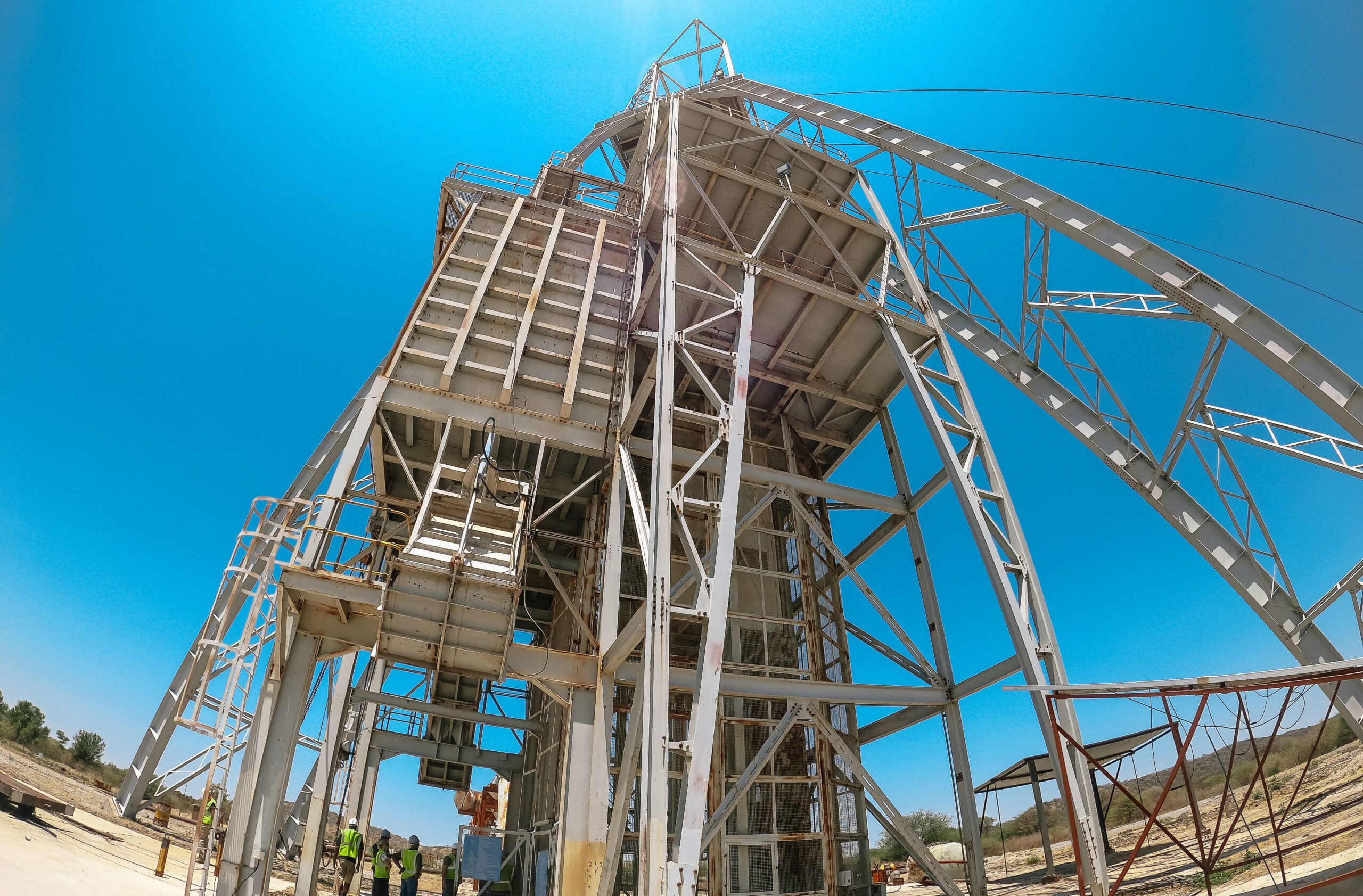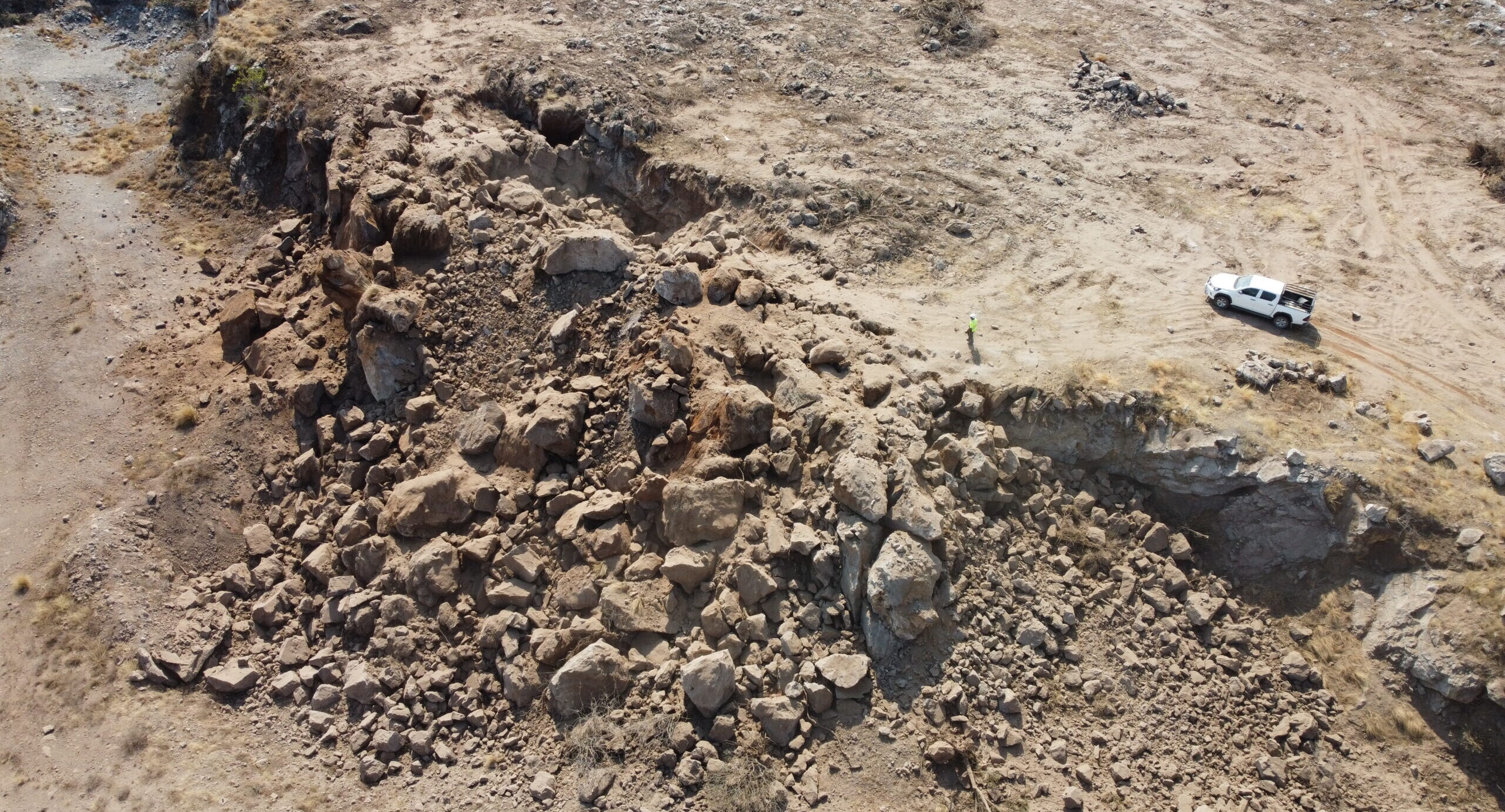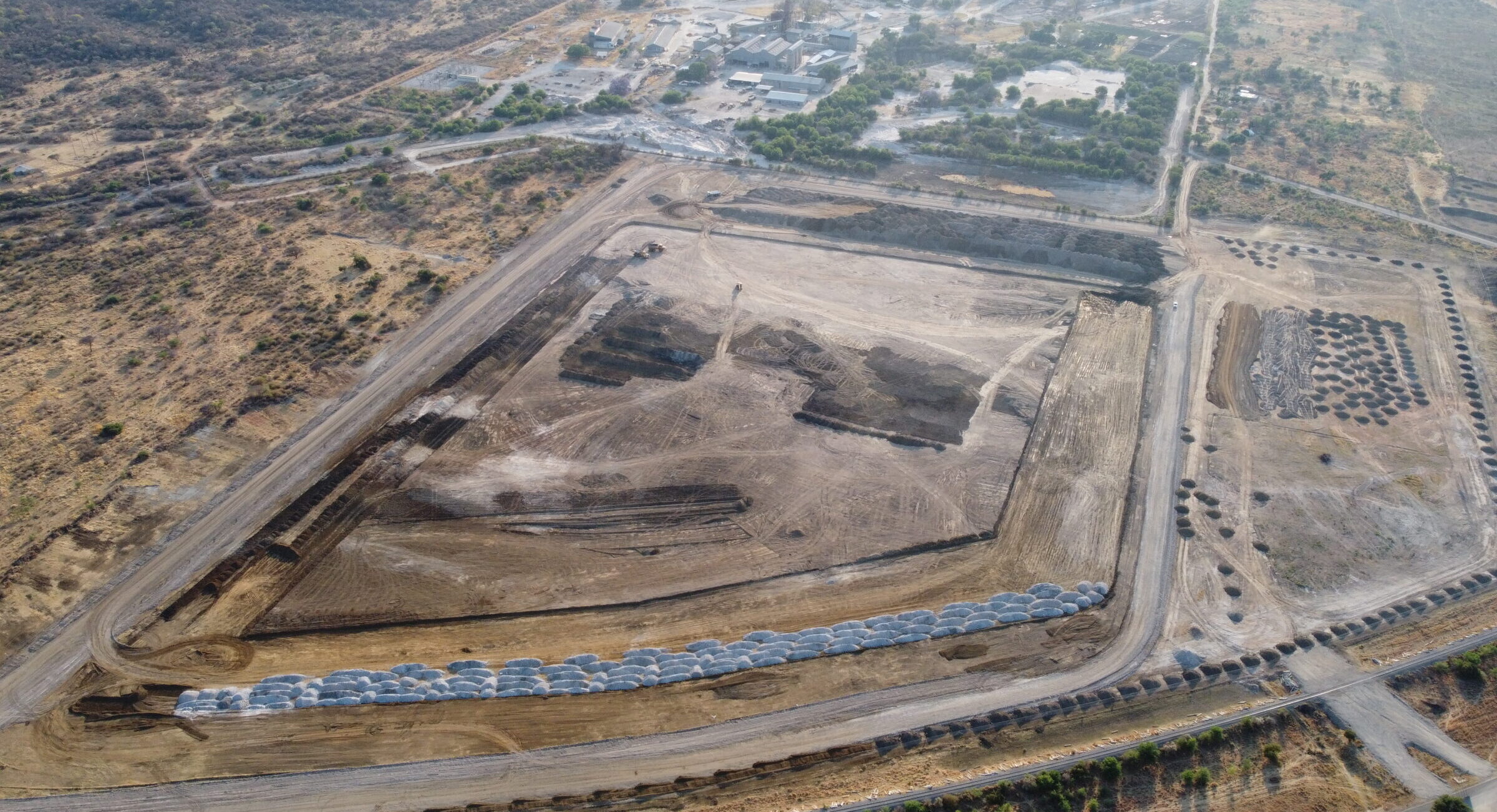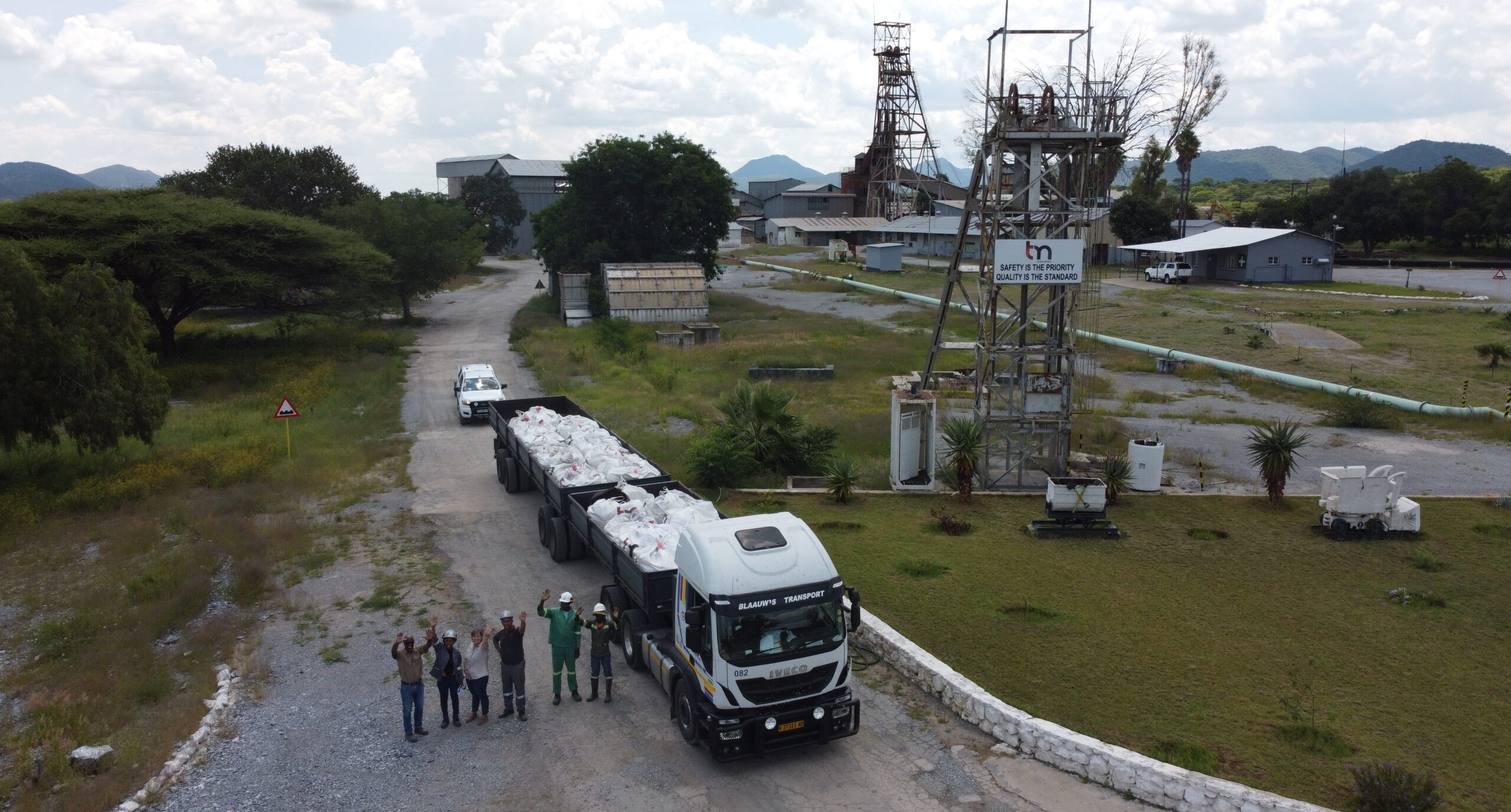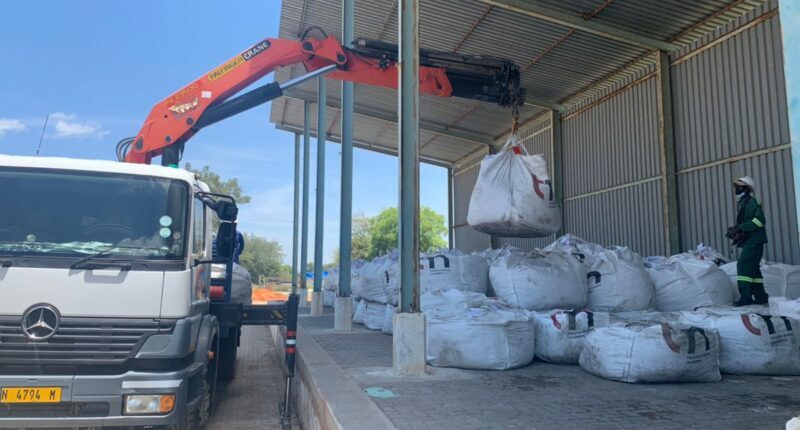Kombat Mine Resurgence Sets the Stage for Growth
The Kombat Mine stands as one of Namibia’s most significant copper mines and is currently the only operating copper mine in the country.
Production from the open pit recommenced in 2023 after a 14-year hiatus. Surpassing expectations, underground mining began ahead of schedule in 2024, accessing higher-grade ore recovery and positioning the company to enhance margins and cash flow.
Mining operations originally commenced in 1962 and continued until 2008, resulting in 45 years of production with a total of 12.46 million tonnes of ore grading at an average of 2.6% copper. Historic data from past production, recent exploration efforts and significant pre-existing infrastructure are key factors that have equipped Trigon with extremely valuable insights to facilitate the successful restart of the mine.
Derisked Operational and Production Profile
Ownership: 80% in five licences
Product: Primarily copper, silver and lead.
Type: Open pit and underground mine
Catalysts: Underground mining and production from Asis West; Doubling mill capacity to 2,000tpd in 2025; Underground mining at Asis Far West; Grow production to 69.8 million pounds of copper in 2027; 35km of strike length around the mine of significant exploration upside.
Current Operations:
Operating at a run rate of 1,000tpd, processing ore grade of ~1.0% Cu
Combined Mineral Resource (indicated):
13.56 Mt, 1.92% Cu, 0.73% Pb, 14g/t Ag.
Feasibility Study
In March 2024, Trigon released a Feasibility Study for the Kombat Mine, prepared by SRK Consulting. This study encompasses the operational open pit mine at Kombat and the planned restart of the historic Asis West underground mine.
Financial Year 2025 Guidance
Valuable Infrastructure and Strategic Location
The mine has over US $150 million worth of usable infrastructure in place, including a recently refurbished and operational mill with a capacity of processing 1,000 tonnes per day, flotation plant and concentrator, three shafts, extensive underground workings, a tailings facility, ramp systems, and mine buildings.
Operations
Open Pit Mining
Open pit operations began in May 2023 followed by commercial production in October of the same year, targeting 1.0% copper ore. Trigon employs conventional open pit mining techniques, utilizing a combination of trucks and excavators managed by a mining contractor.
The production profile is set for expansion with the introduction of underground operations at Asis West and Asis Far West. These underground operations are anticipated to become the primary source of future production, driving continued growth and success.
Underground Mining
In September 2023, Trigon commenced the dewatering of the Asis West (“AW”) underground mine Phase 1, followed by the initiation of underground mining operations ahead of schedule in February 2024, and commercial production reached in May 2024. The operations are targeting an average copper grade of 3.16%.
The focus of the company is safely extracting the higher-grade ore from the upper levels of Asis West and gradually increasing underground production over the months, as dewatering of the underground continues.
The underground mining operations are supported by electricity sourced from the Namibian national grid, which powers the existing infrastructure. Additionally, emergency generation capacity is in place to ensure an uninterrupted power supply for underground pump systems.
Ore processing occurs at the refurbished Kombat plant, currently operating at a throughput of 30,000 tonnes per month (30ktpm). Plans are underway to increase the throughput to 60,000 tonnes per month (60ktpm) to accommodate ore from both underground and surface sources.
Growth Continues Far West
In addition to the production from Asis West, the second phase of underground mining at Asis Far West (AFW) is scheduled to begin by the end of 2025. Asis Far West has an 800-metre shaft situated in a new high-grade zone, holding an estimated value of approximately $90 million. Remarkably, this shaft has never been utilized, as previous operators ceased operations before mining into the mineralization in the area. Although Asis Far West is not currently included in the resource estimate, it holds significant potential to substantially enhance production output.
Exploration and Development
Trigon has shifted its focus from development to production. However, it is important to note that extensive exploration opportunities remain across the vast and underexplored land holdings spanning 35 kilometres of strike length.
The company has been running drilling campaigns throughout the years and assay results have indicated high-grade copper intercepts exceeding the current resource grade. Given that the current reserve and resource represent only a small fraction of the 35km mineralized strike length, there is significant potential for substantial growth through an expanded drilling campaign.

GEOLOGY AND MINERALIZATION
The Kombat Mine is located in the Otavi Mountainland on the Northern Platform Margin of the Damara Orogenic Belt. The Platform consists of a thick sequence of Otavi Group carbonates deposited upon Nosib and Basement rocks, during the late Proterozoic to early Phanerozoic periods (500-550 Million years ago).
The Kombat deposits are situated on the northern flank of the canoe-shaped Otavi Valley Syncline, a double-plunging syncline with the northern limb dipping at 20-75° to the south. The southern limb is overturned and also south-dipping. Copper, lead, and silver mineralized zones are focused along the northern limb of the syncline, generally steep and “pendant” from monoclinal flexures (“rolls”). In addition, metal concentrations increase in proximity to northeast striking faults and east-northeast penetrative deformation with shearing, net-vein fractures and jointing. Also, there are additional concentrations in breccias (hydraulic and sedimentary) and in areas of increased oolites/pisolites and strong calcitization.
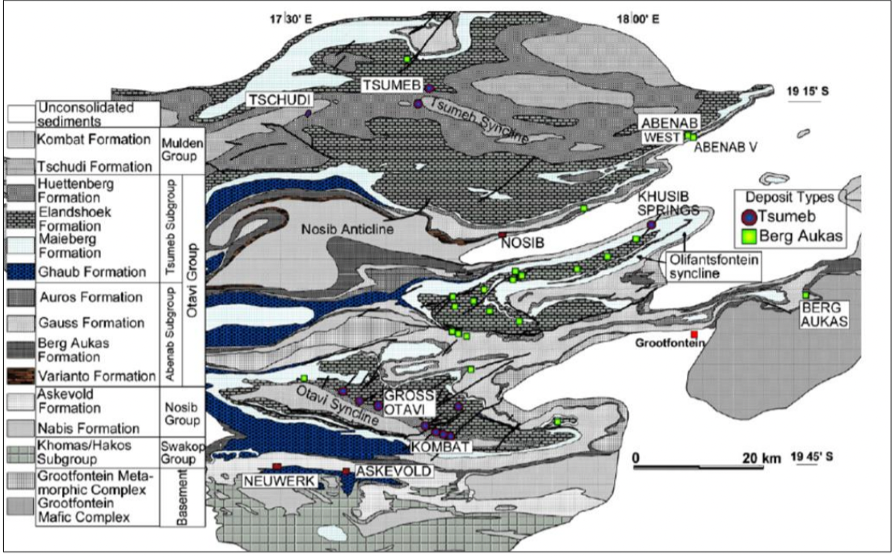
Generally, alteration precedes ore deposition with de-colourizing of dolostone from the outward movement of argillaceous and carbonaceous inclusions, followed by bleaching and final calcitization and Mn alteration. Two hundred to 300 metre wide zones of calcitization flank ore lenses. Normally, with a fine to medium-grained, saccaroidal texture. Silicification is not as prominent as calcitization but contributes locally to mineralization (as noted in core). Fe-Mn is often associated with intense calcitization in areas proximal to ore and may also contribute to mineralization.

The country rock above the orebodies is sheared and fractured into “roll structures”. A relation between the orebodies and the feldspathic sandstone of the Kombat Formation is also indicated. In addition, the ore lenses abut against the contact and hang like pendants beneath the flexures as depicted in the figure above.
Orebodies are steep in orientation and transgressive to stratigraphy. With depth, the massive sulphides horsetail and merge into thready stringers until they become disseminated in calcitized ones of net-vein fractures.
The Kombat orebodies are interpreted to have formed as a result of the release of both CO2 and CH4 from the Mulden shales. This converted the anhydrite (in the dolostones) to calcite releasing SO4 into the brines. The CO2 and S reacted with downward migrating oxidizing groundwater producing sulphuric acid that ate its way up through the last four hundred metres of the rotated fold-thrust fracture systems in the carbonates, forming a hypogene karst system. Unconsolidated sand was subsequently forced through the fracture system forming sandstones.
GROSS OTAVI LICENCE
The Gross Otavi mining licence is located approximately 10 km to the west of Kombat Mine and on the same Kombat Mineralized Trend. Mining operations took place at Gross Otavi until the 1940s and the area is highly prospective for not only silver and copper but also lead, zinc and vanadium.
Trigon Metals plans to re-evaluate the potential of the Gross Otavi deposit using existing information as well as additional work as required.
